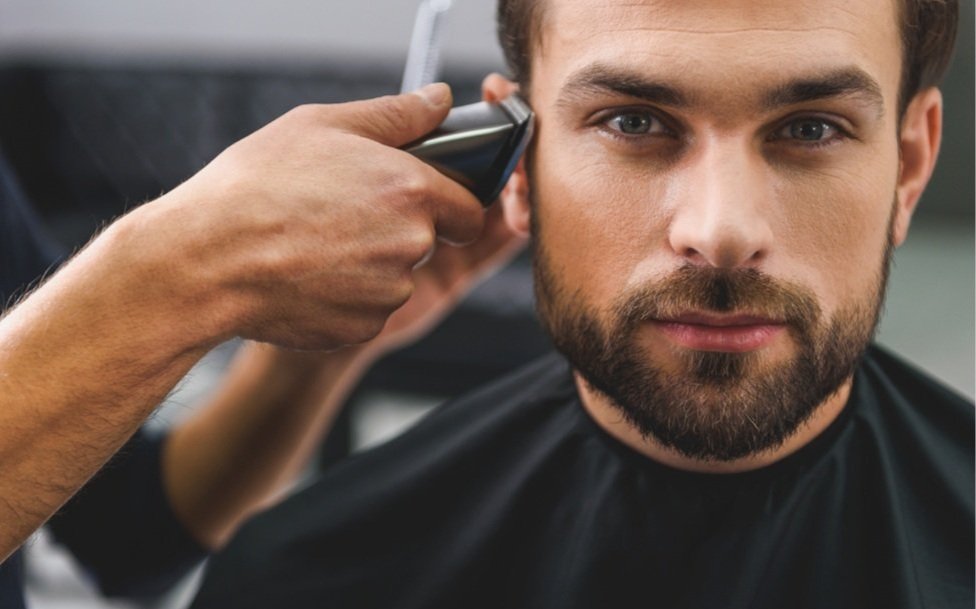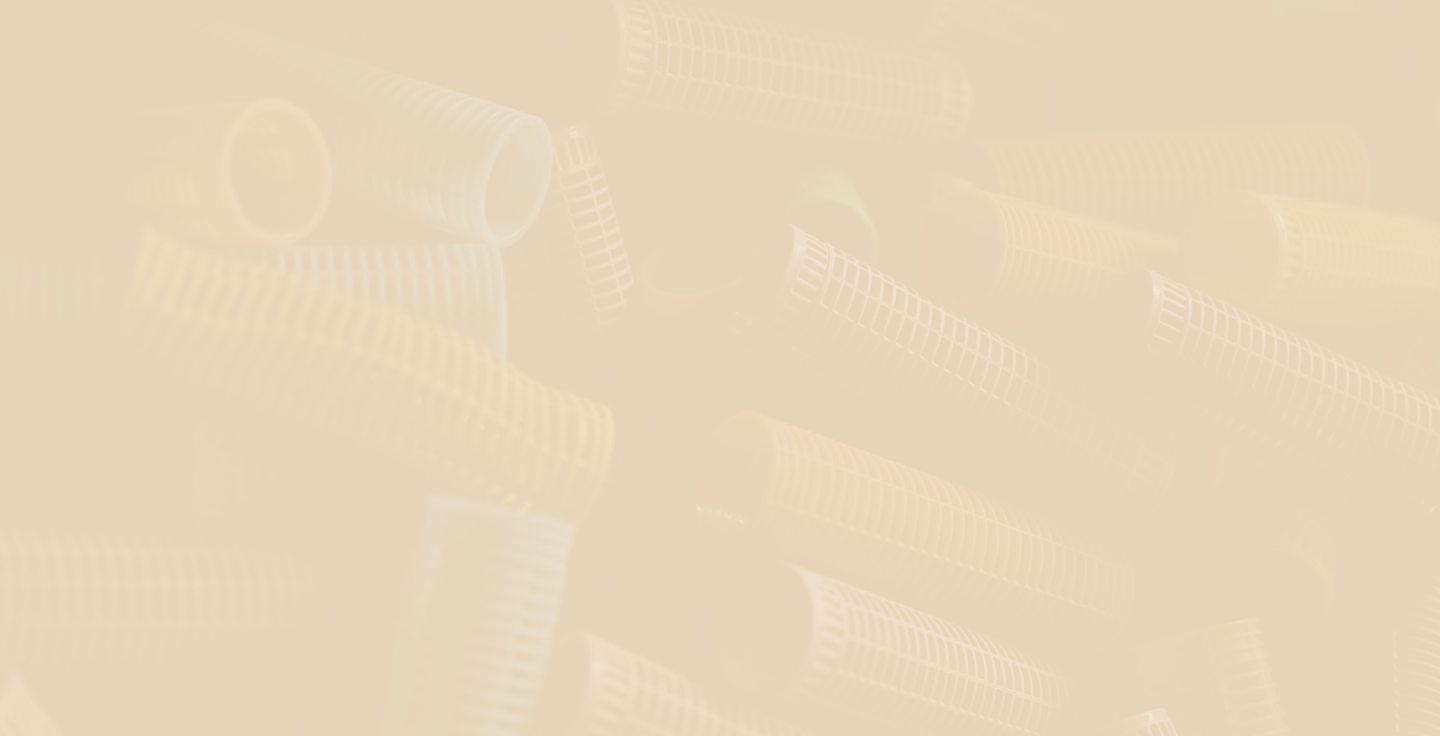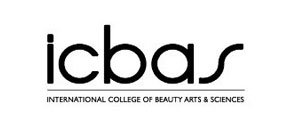
BARBERING PROGRAM CURRICULUM
1000 CLOCK HOURS HYBRID FORMAT
50% Technical Instruction Online
50% Practical Operation in School

BARBERING CURRICULUM
1000 CLOCK HOURS
HYBRID FORMAT
50% Technical Instruction Online
50% Practical Operation in School
Barber School in Los Angeles
Barbering
Time Required: 1000 Hours
Classes: Morning.
Days Part Time: 1000 Hours (60 Weeks / 7 Months ) Tuesday, Wednesday, Thursday (9 am-3:15 pm).
Days Full Time: 1000 Hours (28 Weeks / 15 Months ) Tuesday, Wednesday, Thursday (9 am-3:15 pm).
Cost: 1000 Hours ($16,379.59), (including tuition, kit, books, uniform, and taxes for all classes).
Financial Aids: Available for Qualified Candidate.
Class Starting: Open Enrollment.
Questions: Call (818) 280-4898.
Detailed Instructional Schedule per Course/Program:
Our institution reserves the right to modify schedules as deemed necessary. Students and staff members will be notified before any changes that may occur.
The curriculum for students enrolled in the barbering course shall consist of fifteen hundred clock hours on one thousand hours of technical instruction and practical training covering all practices constituting the art of barbering pursuant to Section 7316 of the Barbering and Cosmetology Act. Technical instruction means instruction by demonstration, lecture, classroom participation, or examination.
Practical operation means actual performance by the student of a complete service on another person or mannequin. All students are required to pass the school’s final examination with a grade of not less than 85%. Our institution uses a direct method of instruction. Technical instruction and practical operations for the barbering program shall include the subjects outlined below.

MINIMUM PRACTICAL OPERATIONS REQUIREMENTS
|
Hairstyling |
240 |
|
Permanent waving and Chemical Straightening |
105 |
|
Hair Coloring and Bleaching |
50 |
|
Hair Cutting |
80 |
|
Shaving |
40 |

MINIMUM PRACTICAL OPERATIONS REQUIREMENTS
Hairstyling
240
Permanent Waving and Chemical Straightening
105
Hair Coloring and Bleaching
50
Hair Cutting
80
Shaving
40
SUBJECT OF TECHNICAL INSTRUCTION
MINIMUM HOURS OF TECHNICAL INSTRUCTION
Laws and Regulations 20
Shall include the Barbering & Cosmetology Act and the Board’s Rules & Regulations.
Hairstyling 65
Shall include hair analysis, shampooing, finger waving, comb outs, straightening, waving, curling with hot combs, curling iron styling, and blow dry styling.
Permanent Waving and Chemical Straightening 40
Shall include hair analysis, acid and alkaline permanent waving, and chemical straightening including the use of sodium hydroxide and other base solutions.
Hair Coloring and Bleaching 60
Shall include the use of semi-permanent and temporary colors, hair analysis, predisposition and strand tests, safety precautions, formula mixing, tinting, bleaching, highlights and lowlights, and the use of dye removers.
Hair Cutting 20
Shall include hair analysis and the use of razor, scissors, electric clippers, and thinning shears for wet and dry cutting.
Preparation and Performance 100
Shall include preparing the client’s hair for shaving, assessing the condition of the client’s skin, performing shaving techniques, applying aftershave antiseptic, facial services, massaging the face, and rolling cream massage.
Health and Safety Considerations 45
Shall include training in chemicals and health in establishments, material safety, data sheets, protection from hazardous chemicals and preventing chemical injuries, health and safety laws and agencies, ergonomics, and communicable diseases, including HIV/AIDS & Hepatitis B.
Disinfecting and Sanitation 20
Shall include procedures to protect the health and safety of the consumer as well as the Technician.
Anatomy and Physiology 20
Shall include human anatomy and human physiology.
Business Skills 100
Shall include professional ethics, communication, salesmanship, client record-keeping, decorum, and basic tax information relating to booth renters, independent contractors, employees, and employers.
GET STARTED
Fill out your application today and start your education journey
SUBJECT OF TECHNICAL INSTRUCTION
MINIMUM HOURS OF TECHNICAL INSTRUCTION
GET STARTED
Fill out your application today and start your education journey
Laws and Regulations 20
Shall include the Barbering & Cosmetology Act and the Board’s Rules & Regulations.
Hairstyling 65
Shall include hair analysis, shampooing, finger waving, comb outs, straightening, waving,
curling with hot combs, curling iron styling, and blow dry styling.
Permanent Waving and Chemical Straightening 40
Shall include hair analysis, acid and alkaline permanent waving, and chemical straightening
including the use of sodium hydroxide and other base solutions.
Hair Coloring and Bleaching 60
Shall include the use of semi-permanent and temporary colors, hair analysis, predisposition and
strand tests, safety precautions, formula mixing, tinting, bleaching, highlights and lowlights, and
the use of dye removers.
Hair Cutting 20
Shall include hair analysis and the use of razor, scissors, electric clippers, and thinning shears
for wet and dry cutting.
Preparation and Performance 100
Shall include preparing the client’s hair for shaving, assessing the condition of the client’s skin,
performing shaving techniques, applying aftershave antiseptic, facial services, massaging the
face, and rolling cream massage.
Health and Safety Considerations 45
Shall include training in chemicals and health in establishments, material safety, data sheets,
protection from hazardous chemicals and preventing chemical injuries, health and safety laws
and agencies, ergonomics, and communicable diseases, including HIV/AIDS & Hepatitis B.
Disinfecting and Sanitation 20
Shall include procedures to protect the health and safety of the consumer as well as the
Technician.
Anatomy and Physiology 20
Shall include human anatomy and human physiology.
Business Skills 100
Shall include professional ethics, communication, salesmanship, client record-keeping,
decorum, and basic tax information relating to booth renters, independent contractors,
employees, and employers.
What is the total cost of the Barbering program?
The cost of the Barbering program varies depending on the length of the course and the cost of the course’s materials. The total cost of each Barbering program (including tuition, kit, books, uniform, and taxes) is as follows:
BARBERING 1000 Hours for $16,379.59
SUBJECT OF TECHNICAL INSTRUCTION
MINIMUM HOURS OF TECHNICAL INSTRUCTION
The Board of Barbering & Cosmetology Act and the Program's Rules & Regulations
20
Hairstyling: 20
Hair analysis; Shampooing; Finger waving; Comb outs; Straightening; Waving; Curling with hot combs, Curling irons and blow drying styling.
Permanent Waving and Chemical Straightening: 40
Hair analysis; Acid and alkaline permanent waving; chemical straightening including
The use of Sodium Hydroxide and other base solutions.
Hair Coloring and Bleaching: 60
Including the use of semi-permanent And temporary colors. Hair analysis, predisposition and strand tests. Safety precautions; Formula mixing; Tinting; Bleaching; High and Low lights, and the use of dye removers.
Hair Cutting: 20
Use of scissors, razor (sharper); electrical clippers/ Trimmers; and thinning (tapering) sheers for wet and dry cutting.
Preparation and Performance: 100
Preparing the client's hair for shaving; Assessing the condition of the Client's skin; performing shaving techniques; An after-shave antiseptic Following facial services; massaging the client's Face; rolling cream massage.
Laws and Regulations: 20
The Barbering and Cosmetology Act and The Board's Rules and Regulations.
Health and Safety Considerations: 20
Training in chemicals and health in Establishments; Material Safety Data Sheets; Protection from hazardous Chemicals and preventing chemical injuries; Health and safety laws And agencies; Bacteriology and preventing communicable diseases including HIV/AIDS and Hepatitis B.
Disinfection and Sanitation: 20
Proper procedures to protect the health and Safety of the consumer as well as the technician; Proper disinfection Procedure for equipment used in establishments.
Anatomy and Physiology: 20
Human anatomy; Human Physiology.
Business Skills: 100
Professional Ethics; Communication; Salesmanship;
Client record-keeping; Decorum; Basic tax information relating to Booth renters, independent contractors, employees, and Employers.
COURTNEY
Esthetics Programs
GET STARTED
Our programs graduate over 10,000 students every year from our 100+ schools. Programs vary by location, so please find a School near you for more information on class start dates, tuition and opportunities for scholarships and financial aid.

